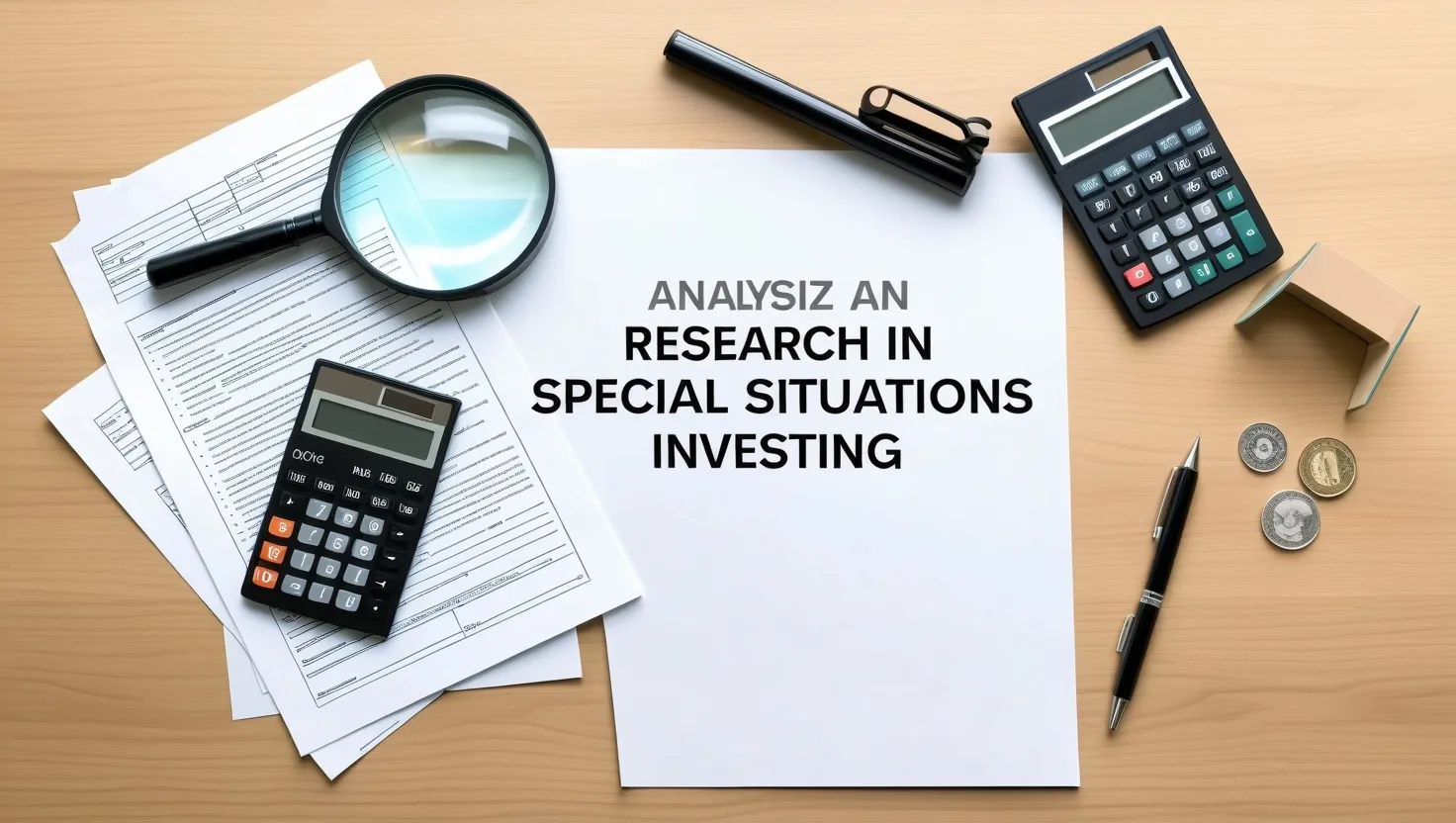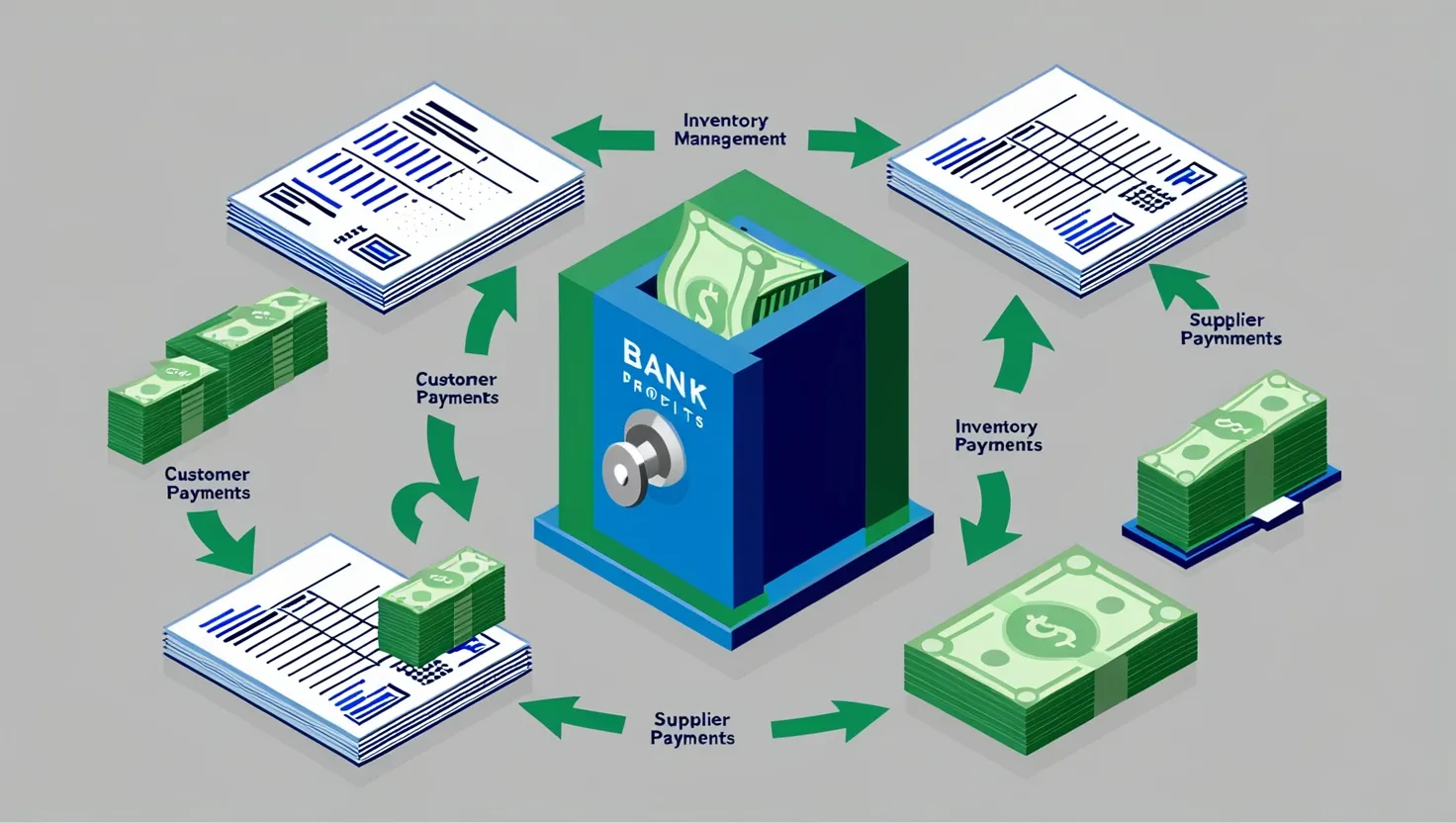In the realm of finance, the concept of asset pricing has long been governed by classical methods that rely on historical data, market trends, and traditional correlation analysis. However, a revolutionary approach is emerging, one that draws inspiration from the mysterious world of quantum mechanics, particularly the phenomenon of quantum entanglement.
Imagine a financial landscape where the values of assets are interconnected in a way that transcends classical logic. This is not about the usual correlations between stocks or the beta of a market; it’s about uncovering subtle, almost mystical connections between seemingly unrelated assets across different markets and time frames. When you apply the principles of quantum entanglement to financial analysis, you begin to see how changes in one asset can instantly affect another, regardless of the distance or conventional relationships between them.
This concept is akin to a financial spiderweb, where a slight tremor in one corner can create ripples of opportunity throughout the entire market ecosystem. Here, the traditional boundaries of space and time are blurred, much like in the quantum world where entangled particles can influence each other instantaneously, no matter the distance.
To understand this better, let’s delve into how quantum entanglement works. In quantum mechanics, entangled particles are connected in such a way that the state of one particle is directly related to the state of the other, even if they are separated by vast distances. This phenomenon allows for instantaneous communication between the particles, a concept often referred to as “spooky action at a distance.”
Applying this to finance, we can think of assets as being entangled in a similar manner. Changes in the value or state of one asset can instantly impact the value of another, even if they appear unrelated on the surface. This is where the power of quantum entanglement valuation comes into play.
By leveraging quantum computing principles and algorithms, financial analysts can now tackle complex financial systems and uncertainties with unprecedented accuracy and efficiency. Quantum computing excels in handling high-dimensional problems and capturing non-linear relationships, which are common in financial markets. Techniques such as the use of superposition and entanglement enable the performance of intricate calculations and simulations that classical methods cannot match.
For instance, in dynamic nonlinear asset pricing models, quantum algorithms can solve problems exponentially faster than their classical counterparts. These algorithms leverage the quantum properties of superposition and entanglement to provide equilibrium asset pricing solutions that are more accurate and robust[2].
In practical terms, this means that financial analysts can identify mispricing and arbitrage opportunities that others might miss. These opportunities arise not because of informational gaps, but due to the limited perspective of classical valuation methods. By perceiving and acting on these hidden connections, investors can gain a significant edge in the market.
One of the key advantages of this approach is its ability to handle ambiguity and uncertainty. In traditional finance, dealing with model selection and parameter uncertainty can be daunting. However, quantum decision-theoretic foundations introduce new ways to manage these uncertainties, providing a more comprehensive framework for making financial decisions[2].
Moreover, this method allows for a more nuanced understanding of market dynamics. By treating financial markets as open systems with possible exchanges of money with the outside world and considering market frictions, analysts can develop models that better reflect real-world conditions. This approach, known as “quantum equilibrium-disequilibrium,” helps in understanding asset price dynamics, symmetry breaking, and even defaults as dissipative instantons[5].
The implications of this are profound. Imagine being able to predict price fluctuations with greater accuracy by analyzing the orbital parameters of asset prices. This involves generating different orbital parameters and conducting statistics on the current orbit’s price fluctuation status, including fluctuation amplitude and frequency distribution. Such an analysis can provide a detailed map of price transitions, helping investors make more informed decisions[3].
In essence, the application of quantum entanglement principles to asset pricing transforms the way we understand and interact with financial markets. It’s no longer just about analyzing historical data or following market trends; it’s about uncovering the hidden connections that drive the financial ecosystem.
This new perspective offers a fresh lens through which to view the intricate web of financial assets. It’s a world where the spooky action at a distance of quantum mechanics becomes a powerful tool for uncovering value in the most unexpected places. By embracing this quantum-entangled financial world, you can turn what seems like a mystical phenomenon into a practical advantage, allowing you to navigate the financial markets with a level of insight and precision that was previously unimaginable.
In this realm, your edge comes from your ability to perceive and act on these hidden connections. It’s a world where the boundaries of classical finance are pushed to the limit, and the possibilities for financial analysis and investment are expanded exponentially. So, the next time you consider your investment strategy, remember that there might be more to the connections between assets than meets the eye – a world of quantum entanglement waiting to be explored and leveraged.






